In today’s rapidly evolving tech world, building robust, scalable, and modern web applications is crucial for businesses and developers alike. Among the many web development stacks available, one that has gained immense popularity is the MERN Stack.
But what exactly is the MERN Stack, and why is it such a powerful tool in modern web development? Let’s explore.
What is MERN Stack?
The MERN Stack is a collection of four powerful open-source technologies used together to build full-stack web applications:
M – MongoDB: A NoSQL database that stores data in JSON-like documents.
E – Express.js: A lightweight and fast web application framework for Node.js.
R – React.js: A JavaScript library for building dynamic and interactive user interfaces.
N – Node.js: A runtime environment that allows you to run JavaScript on the server side.
This combination allows developers to use a single language — JavaScript — across the entire development process, from client-side to server-side to database.
Why Choose the MERN Stack?
Here are some compelling reasons why MERN is a top choice for full-stack developers:
1. Full JavaScript Development
You only need to master JavaScript to handle front-end, back-end, and database operations. This improves development efficiency and team collaboration.
2. React for High-Performance UI
React.js helps developers build dynamic and responsive UIs using components, making front-end development faster and more organized.
3. Non-blocking Architecture
Node.js and Express provide a non-blocking, event-driven architecture that handles multiple connections at once — great for building real-time apps.
4. MongoDB Flexibility
MongoDB’s schema-less structure allows you to store and manage data in a flexible way. It integrates seamlessly with Node.js applications.
5. Open Source & Active Community
All components in the MERN stack are open source, with strong community support and frequent updates, ensuring you’re working with the latest and best tools.
How MERN Stack Works Together
Here’s a simple workflow of how each part of MERN connects:
React handles the user interface and sends requests (like form inputs) to the backend.
Express.js receives the request and processes it on a Node.js server.
Node.js manages the server logic and business rules.
MongoDB stores and retrieves data based on the application’s needs.
The data travels back through Express and Node to React, updating the UI.
Applications Built Using MERN Stack
The MERN Stack is ideal for:
E-commerce platforms
Social networking sites
Project management tools
Blogging platforms
Real-time chat applications
Online learning systems
CRM dashboards
Big companies like Netflix, Uber, and Facebook use some or all of these technologies in their tech stack.
Getting Started with MERN
Want to build your first MERN app? Here’s a high-level overview of the steps:
Set up your development environment (Node.js, MongoDB, code editor).
Create the front end using React (e.g., using
create-react-app).Build the backend API with Express and Node.
Connect the frontend and backend using RESTful APIs.
Store and retrieve data from MongoDB using Mongoose (a MongoDB object modeling tool).
Deploy your MERN app using services like Vercel, Netlify, or Heroku.
The Future of MERN
As businesses demand fast, interactive, and scalable applications, the MERN stack continues to be a go-to solution for full-stack development. With growing job opportunities and support, MERN has become a favorite among startups and tech giants alike.
Whether you’re a beginner or an experienced developer, investing time in learning MERN can open up a world of opportunities in modern web development.
Final Thoughts
The MERN Stack is not just a trend — it’s a powerful, flexible, and developer-friendly toolkit for building modern web applications. If you’re looking to launch your tech career or level up your full-stack skills, MERN is the way to go.

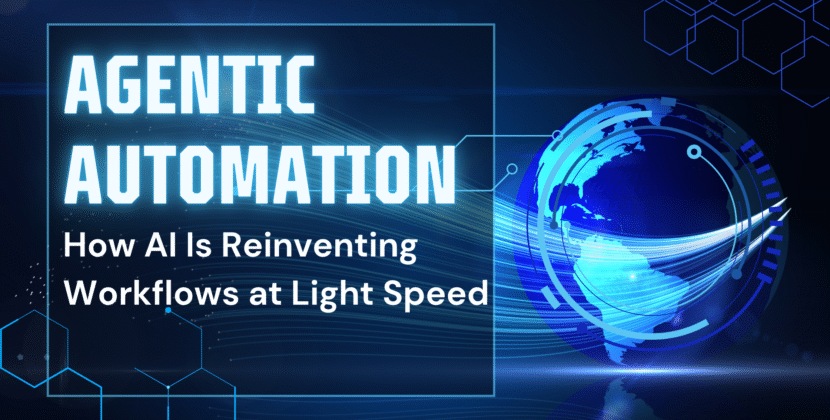
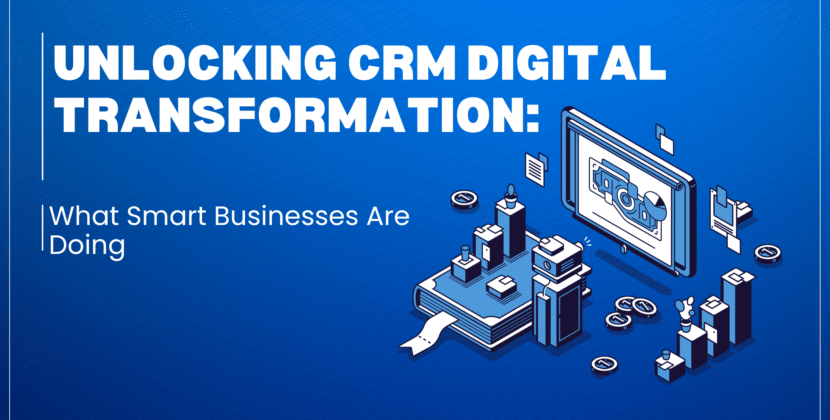






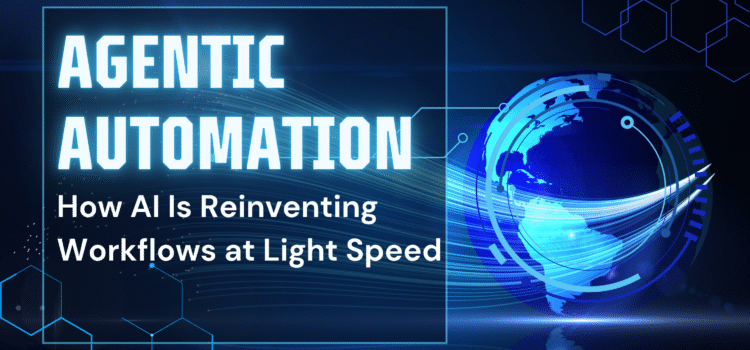

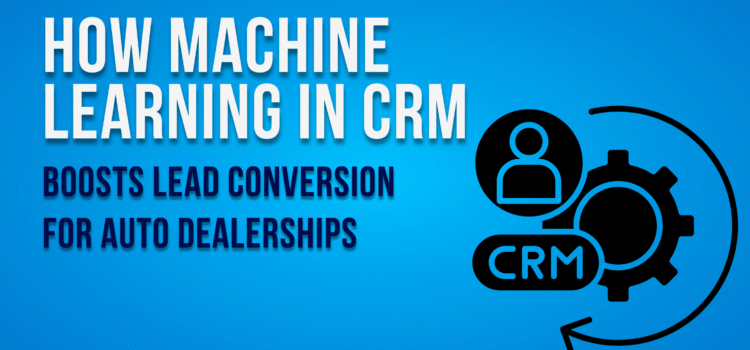
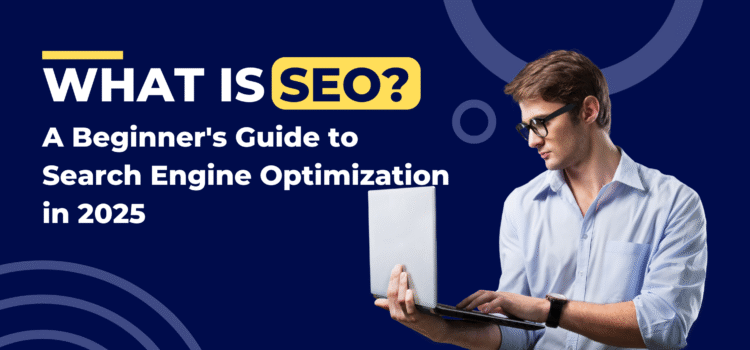

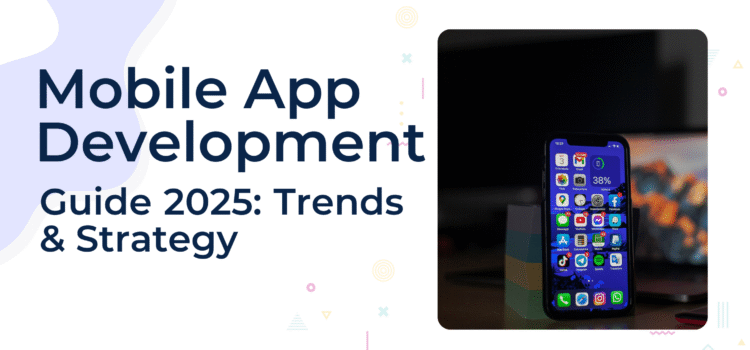
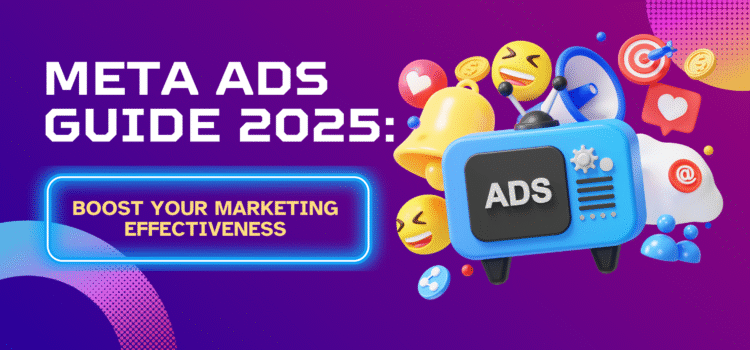
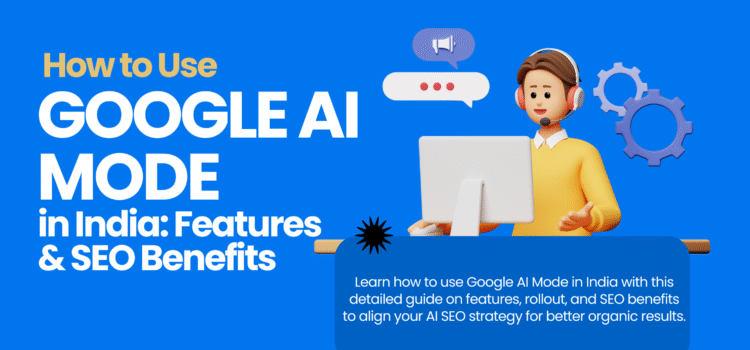
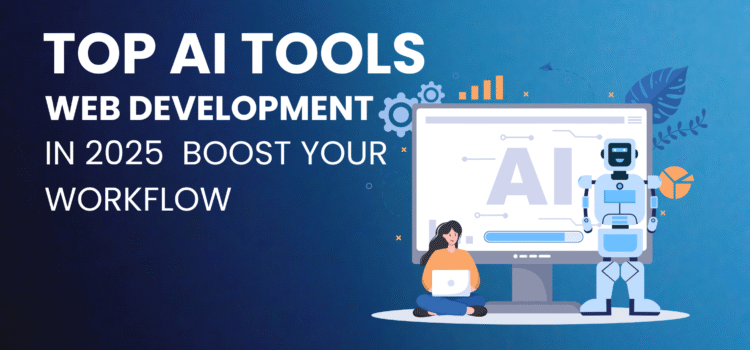

Comments
The first day’s journey was through the pink fields
The first day’s journey was through the pink fields
The first day’s journey was through the pink fields
The first day’s journey was through the pink fields